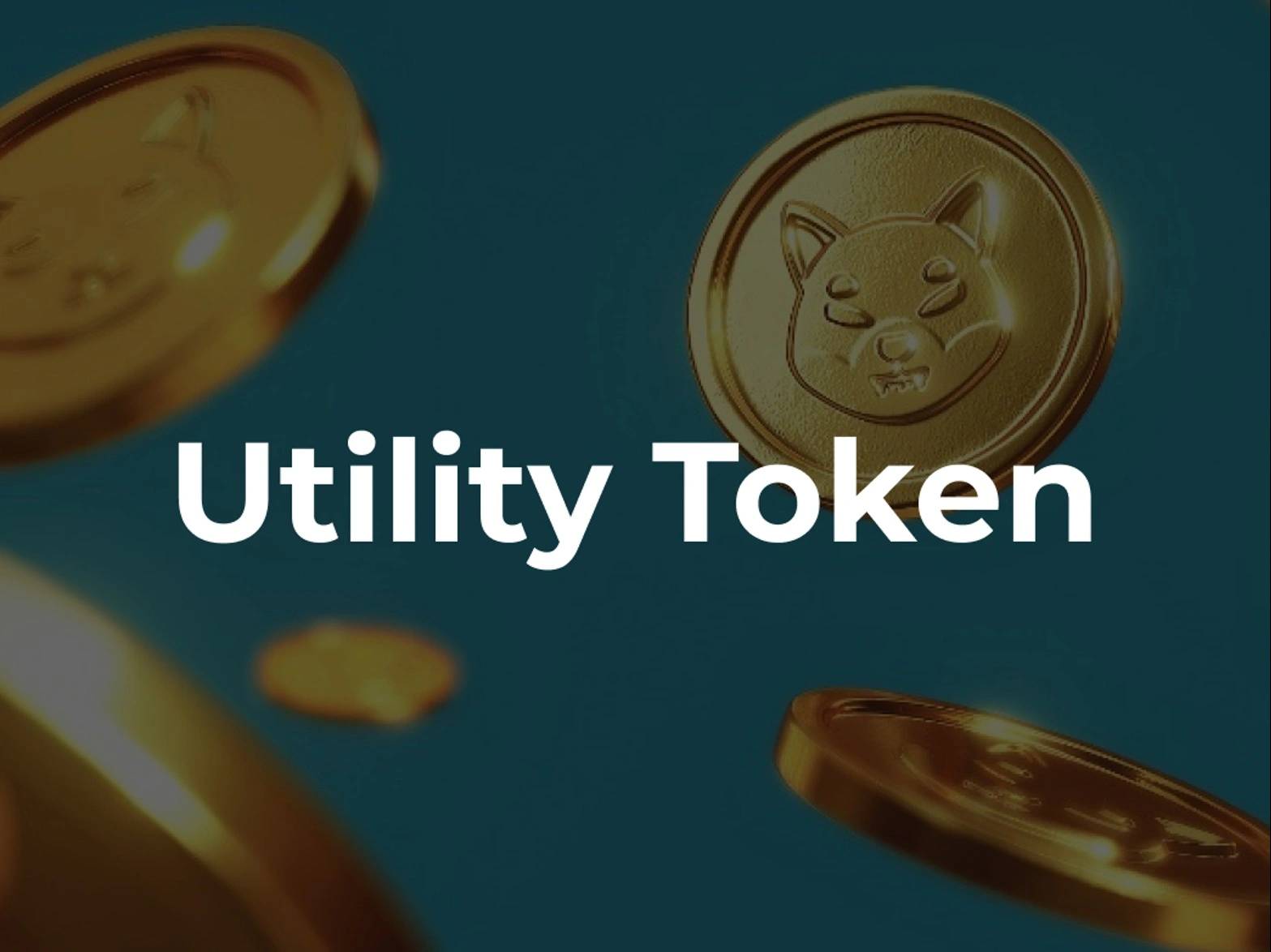위키 구독하기
Share wiki
Bookmark
Utility Token
에이전트 토큰화 플랫폼 (ATP):에이전트 개발 키트(ADK)로 자율 에이전트 구축
Utility Token
유틸리티 토큰은 블록체인 상에 생성되고 네트워크 또는 플랫폼 내에서 특정 목적으로 사용되는 디지털 토큰입니다. 투자를 나타내고 엄격한 규제 감시를 받는 증권형 토큰과 달리, 유틸리티 토큰은 사용자에게 제품이나 서비스에 대한 접근 권한을 제공하도록 설계되었습니다. [1][2]
개요
유틸리티 토큰은 특정 생태계 또는 플랫폼 내에서 고유한 가치를 지닌 디지털 자산의 한 유형입니다. 주로 가치 저장 수단이나 교환 매체로 설계된 암호화폐와 달리, 유틸리티 토큰은 블록체인 기반 네트워크 내에서 특정 기능이나 서비스에 대한 접근 권한을 사용자에게 제공하기 위해 생성됩니다. [1][2]
유틸리티 토큰은 토큰 판매 또는 토큰 생성 이벤트(TGE)라는 과정을 통해 발행됩니다. 유틸리티 토큰은 플랫폼에서 작업을 완료하거나 서비스를 제공하는 사용자에게 보상하는 데에도 사용될 수 있습니다. [2]
유틸리티 토큰은 반드시 ICO를 필요로 하지는 않습니다. IQ 토큰은 ICO가 없었던 유틸리티 토큰의 예입니다.
유틸리티 토큰 수명 주기
유틸리티 토큰의 수명 주기는 일반적으로 백서에 설명된 토큰의 목적과 기술 사양을 구상하는 설계 및 생성 단계부터 시작됩니다. 프로젝트는 블록체인 플랫폼(일반적으로 이더리움)에서 유틸리티 토큰을 생성하고 관리하기 위한 스마트 계약을 개발합니다. 스마트 계약은 토큰 배포, 가격 책정 및 특정 기능과 같은 토큰 판매 규칙을 정의합니다. [1]
프로젝트는 토큰 판매 시작 및 종료 날짜, 판매할 토큰 수량, 허용되는 암호화폐, 초기 참여자에 대한 할인 또는 보너스와 같은 세부 정보를 제공하여 토큰 판매를 발표합니다. 그러면 참여자는 유틸리티 토큰과 교환하여 프로젝트의 지갑 주소에 암호화폐를 기여합니다. 스마트 계약은 기여자의 지갑에 해당하는 토큰 수량을 자동으로 배포합니다. [2]
마지막으로, 유틸리티 토큰은 종종 거래소에 상장되어 토큰 보유자에게 유동성을 제공하는 2차 시장에 진입합니다. [1]
유틸리티 토큰의 주요 기능
서비스 접근
유틸리티 토큰은 종종 분산형 플랫폼, 컴퓨팅 성능, 스토리지 및 콘텐츠에 접근하는 데 사용됩니다. 또한 네트워크 서비스 및 트랜잭션 처리에 대한 보상으로도 사용될 수 있습니다. [1]
거버넌스
일부 유틸리티 토큰은 보유자에게 분산형 네트워크의 거버넌스 구조 내에서 투표권 또는 의사 결정 권한을 제공합니다. [1]
인센티브 및 보상
플랫폼은 종종 특정 행동에 대한 보상으로 유틸리티 토큰을 사용하여 생태계 내 참여를 장려합니다. 특정 기능이나 혜택에 대한 접근 권한을 부여합니다. [1]
유틸리티 토큰의 예
베이직 어텐션 토큰 (BAT)
베이직 어텐션 토큰은 Brave 브라우저에서 사용자의 관심을 수익화하는 데 사용되는 이더리움 기반 토큰(ERC-20)입니다. 사용자는 Brave 브라우저에서 광고를 시청하는 것에 대한 보상으로 BAT 토큰을 받습니다. [2][3]
체인링크 (LINK)
체인링크는 이더리움 네트워크에 구축된 블록체인 오라클입니다. 오라클은 블록체인을 외부 소스에 연결하여 실시간 데이터를 입력하는 서비스입니다. LINK는 ERC-20 토큰이며 체인링크 오라클 네트워크의 유틸리티 토큰입니다. LINK는 데이터 검색 및 기타 다양한 서비스에 대한 네트워크 운영자에게 보상을 제공하여 해당 애플리케이션의 핵심이 됩니다. [3]
0x (ZRX)
0x는 이더리움 기반 토큰 및 자산의 피어 투 피어 교환을 가능하게 하는 오픈 소스 프로토콜입니다. ERC-20 호환 토큰을 위한 분산형 거래소를 제공하도록 설계되었습니다. [2]
어거 (REP)
어거는 사용자가 실제 세계 이벤트의 결과에 대한 예측과 내기를 생성할 수 있는 분산형 예측 시장 플랫폼입니다. 어거 토큰(REP)은 이벤트 결과를 정확하게 예측하는 시장 조성자에게 보상하는 데 사용됩니다. [4]
골렘 (GNT)
골렘은 사용자가 필요한 다른 사용자에게 자신의 컴퓨팅 성능을 임대할 수 있는 분산형 슈퍼컴퓨터입니다. 골렘 토큰(GLM)은 플랫폼의 서비스 및 리소스에 대한 비용 지불에 사용됩니다. [2]
유틸리티 토큰 & 증권형 토큰
유틸리티 토큰과 증권형 토큰은 암호화폐 분야에서 목적, 법적 분류 및 자금 조달 방법이 다릅니다.
유틸리티 토큰은 블록체인 플랫폼 내에서 특정 기능이나 서비스에 대한 접근 권한을 제공하도록 설계되었으며, 그 가치는 사용량과 관련이 있습니다. [3]
유틸리티 토큰은 전통적인 투자로 간주되지 않습니다. 반면 증권형 토큰은 자산이나 회사의 소유권을 나타내며 배당금이나 투표권과 같은 재정적 권리를 부여합니다. 증권 규정의 적용을 받는 증권형 토큰은 증권형 토큰 오퍼링(STO)을 통해 조달되며 기본 자산이나 회사의 성과에 따라 가치가 결정되는 전통적인 투자로 간주됩니다. [3]
핵심적인 차이점은 토큰이 주로 기능적 목적을 수행하는지 또는 재정적 이익을 나타내는지 여부이며, 이는 적용 가능한 법적 및 규제 프레임워크를 결정합니다. [3]
잘못된 내용이 있나요?
